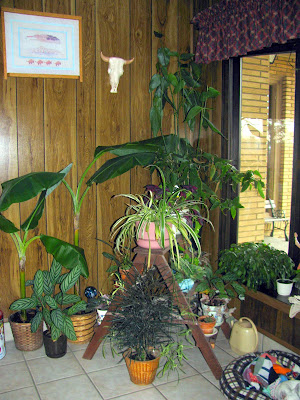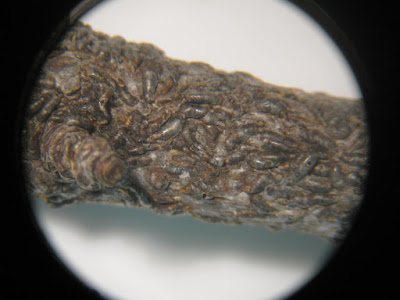I need to purchase some houseplants for my home and office. I am looking for houseplants that will help clean the air. Why? Because research shows that houseplants play an important role in cleaning the air we breathe.
A team of National Aeronautics and Space Administration (NASA) researchers lead by Dr. Bill Wolverton tested the effect of fifteen houseplants on three pollutants known to be present in spacecrafts.
These same three pollutants--benzene, formaldehyde and trichloroethylene--are present in homes and office buildings. Benzene is a very commonly used solvent that is present in many common items including gasoline, inks, oils, paints, plastics, and rubber. Formaldehyde is a chemical found in virtually all indoor environments, including modern office furniture, grocery bags, and in floor coverings, carpet backings and permanent-press clothes. Trichloroethylene (TCE) is used in printing inks, paints, lacquers, varnishes, and adhesives.
NASA found that certain houseplants removed as much as 87 percent of indoor air pollutants within 24 hours under controlled conditions. Each plant type was placed in sealed, Plexiglas chambers in which chemicals were injected.
 |
| Aglaonema (Chinese Evergreen) |
The top plants included Bamboo Palm, Chinese Evergreen (Aglaonema), English Ivy, Gerbera Daisy, Janet Craig Dracaena, Corn Plant Dracaena, Mother-in-Law's Tongue, Pot Mum, Peace Lily, Warneckii, Dracaena, Philodendron, Spider Plant and Golden Pothos.
 |
| Assorted Houseplants |
Most effective in removing formaldehyde was the philodrendron, spider plant, and pothos. Flowering plants such as gerbera daisy and chrysanthemums were rated superior in removing benzene from the chamber atmosphere. Other good performers are Dracaena 'Massangeana', Spathiphyllum, and Golden Pothos. "Plants take substances out of the air through the tiny openings in their leaves," Wolverton said. "But research in our laboratories has determined that plant leaves, roots and soil bacteria are all important in removing trace levels of toxic vapors".
The NASA researchers suggest that for the test plants to be effective "air cleaners" it is necessary to use one potted plant per 100 square feet of home or office space.
Add houseplants to your home and office. Not only are they nice to look at, but they also make your air cleaner to breathe.
Originally published in Canton Daily Ledger on 2-7-2004








